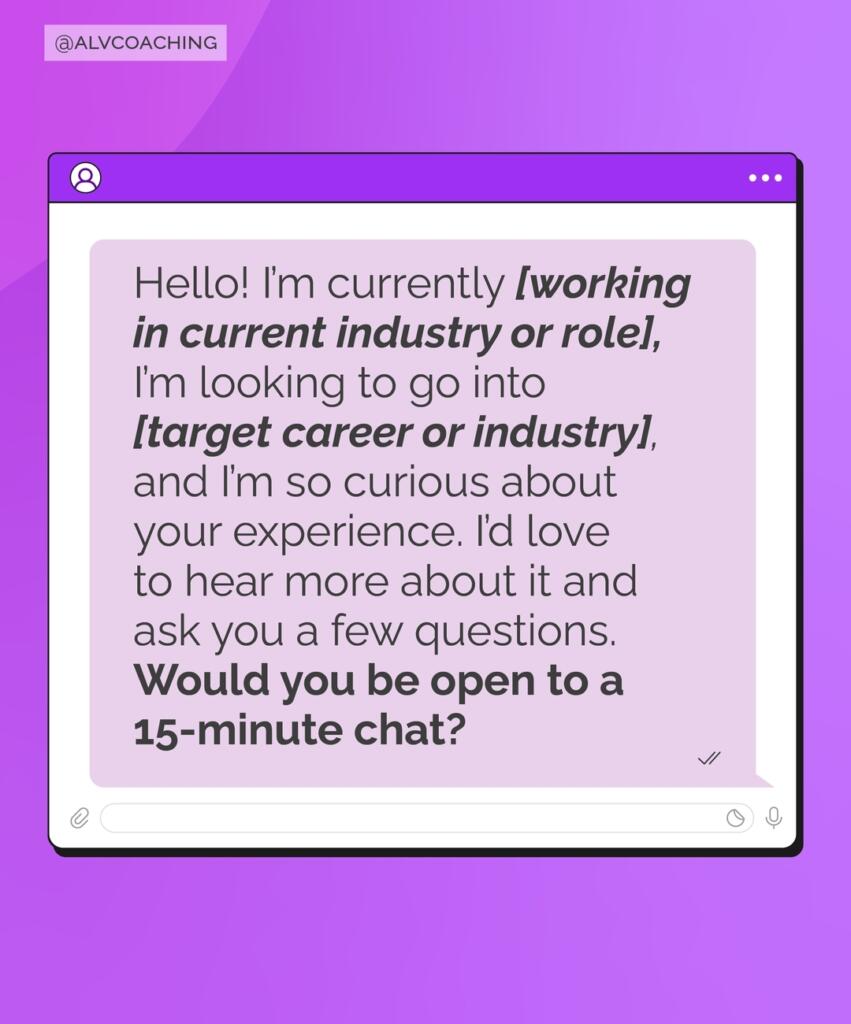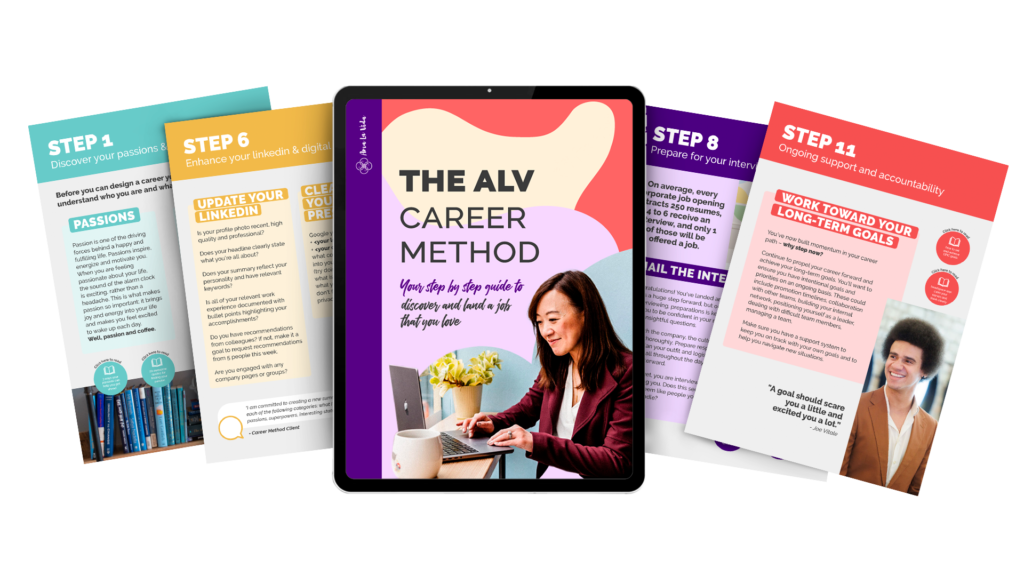Ready to Quit Your Job? Try These 5 Strategies Before You Walk Out the Door

The decision to quit a job is a significant one, often fraught with mixed emotions. While it might seem like the only escape from a toxic work environment, burnout, or career stagnation, it’s worth exploring other options before making a drastic change. This blog post will delve into five strategies to help you reevaluate your current situation and potentially find fulfillment within your existing role.
Is Quitting Really the Answer?
The urge to quit often stems from a mismatch between your personal and professional needs. Common reasons for job dissatisfaction include feeling undervalued, lacking growth opportunities, experiencing poor work-life balance, or simply being bored. Before you resign, take some time to pinpoint the exact issues causing your discontent. Are they specific to your role, your team, or the company culture as a whole? Understanding the root cause can help you determine the best course of action.

To gain clarity on your reasons for wanting to leave, try journaling or discussing your feelings with a trusted friend or mentor. Reflect on your job satisfaction over time. Have there been periods of fulfillment? What changed? Identifying patterns can provide valuable insights into your career goals and priorities.
Set Boundaries and Honor Them
Feeling overwhelmed and burnt out? Setting clear boundaries between your work and personal life can significantly improve your job satisfaction. Establishing limits on your workload, availability, and after-hours communication can help prevent burnout and create a healthier work-life balance.
Start by analyzing your current schedule. Are you consistently working long hours? Are you taking breaks? Are you dedicating enough time to personal activities and hobbies? Once you identify areas for improvement, begin implementing changes. Communicate your new boundaries to your colleagues and manager, and be firm in upholding them. Remember, setting boundaries isn’t selfish; it’s essential for your well-being and productivity.
Try this! Create a weekly schedule that includes work hours, personal time, and dedicated relaxation activities. Be realistic about your workload and avoid overcommitting.
Change Your Environment
Sometimes, a change of scenery can revitalize your job satisfaction. If you’re feeling stuck in a rut, consider making adjustments to your work environment. This could involve reorganizing your workspace, finding a new spot to work remotely, or even taking a short break to recharge.
Think about what elements of your environment contribute to your productivity and well-being. Do you prefer a quiet space or a bustling atmosphere? Do you need access to natural light? Experiment with different settings to find what works best for you. Remember, even small changes can have a big impact on your overall mood and motivation.
Try this! Create a list of factors that influence your work environment, such as noise level, temperature, lighting, and decor. Identify areas for improvement and brainstorm potential solutions.
Redesign Your Role
If you enjoy your company culture and colleagues but find your current role unfulfilling, consider exploring opportunities for role redesign. By taking on new responsibilities or projects, you can gain new skills, challenge yourself, and find greater satisfaction in your work.
Start by identifying your strengths, interests, and career goals. Discuss your aspirations with your manager and explore potential opportunities within the company. Be open to taking on additional responsibilities or projects that align with your career path. Remember, role redesign is a collaborative process, so be willing to compromise and find solutions that benefit both you and the company.
Try this! Create a list of tasks and responsibilities you enjoy and excel at. Identify areas where you would like to develop new skills. Discuss your career goals with your manager and explore potential opportunities for role expansion.
Lean into Social Capital
Your professional network can be a valuable resource for career growth and development. Building strong relationships with colleagues can open doors to new opportunities, provide mentorship, and create a supportive work environment.
Take the initiative to connect with colleagues from different departments and levels of the organization. Attend company events and participate in team-building activities. Seek out mentors who can offer guidance and support. By investing in your relationships, you can create a more fulfilling and rewarding work experience.
Try this! Identify key individuals in your company who can serve as mentors or sponsors. Reach out to them and request a meeting to discuss your career goals and aspirations.

Redefine Your Why
Sometimes, the key to job satisfaction lies in finding meaning and purpose outside of work. If your job is no longer fulfilling your personal or professional goals, it might be time to redefine your “why.” This could involve pursuing hobbies, volunteering, or spending more time with loved ones.
Take some time to reflect on your values and priorities. What truly brings you joy and fulfillment? How can you incorporate these elements into your life, both inside and outside of work? By finding meaning and purpose beyond your job, you can gain a new perspective and approach your work with renewed energy and enthusiasm.
Try this! Create a list of your personal values and goals. Identify ways to incorporate these into your daily life, both at work and at home.
Remember, leaving a job is a major decision. By exploring these strategies, you may discover new opportunities for growth and satisfaction within your current role. If you ultimately decide to pursue a new job, the insights gained from this process will help you find a position that better aligns with your career goals and personal values.








